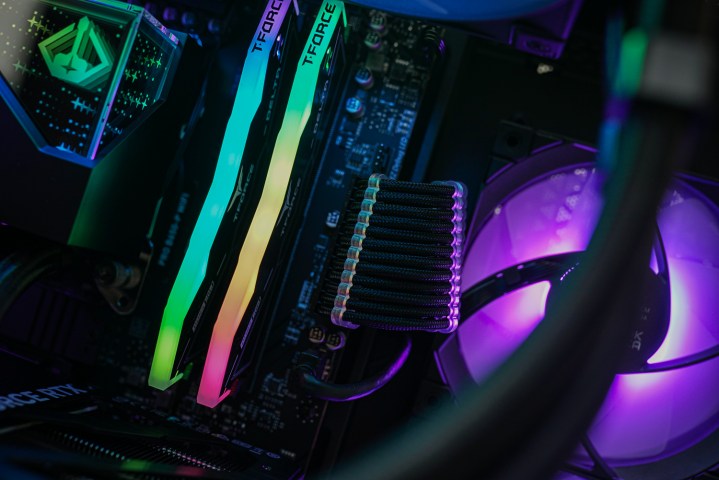When upgrading to Windows 11, one of the requirements is an increase in random access memory (RAM). With Windows 10 approaching the end of support, users may soon need to switch to Windows 11 regardless of its memory consumption.
Although Windows 11 may use more RAM than its predecessor, the actual amount of memory utilized is not consistent. In the following sections, we will delve into how much RAM Windows 11 typically consumes and ways to reduce that usage if your PC is struggling.
Windows 11: RAM usage when idle

The RAM usage of Windows 11 can range from 2GB to 8GB or more. However, not all the RAM used by Windows 11 is exclusively reserved and unavailable for other software applications.
Windows incorporates a service called SysMain (formerly Superfetch) that optimizes PC performance by preloading frequently used apps and files into the RAM. This caching mechanism enables faster application launch times for preloaded programs. If the RAM is needed for other purposes, Windows can reallocate memory as required, ensuring that excessive RAM consumption does not hinder the running of other applications.
Due to SysMain’s role, idle RAM usage in Windows 11 can account for up to half of the total memory, with the actual amount varying based on available resources.
In a system with 8GB of RAM, Windows processes may occupy 2GB to 4GB, while in systems with 32GB of RAM, this utilization can reach 8GB to 10GB at times.
How to check Windows 11 RAM usage?

To monitor your RAM usage in Windows 11, access the Task Manager through the taskbar or using the Ctrl + Alt + Delete shortcut. Within the Task Manager, navigate to the Performance tab and select Memory to view total RAM, speed, and current usage. Closing unnecessary background processes can provide a clearer picture of RAM consumption by Windows.
For more detailed analysis, examine system processes in the Processes tab, where RAM usage for each process is displayed. It’s important to note that not all RAM consumption is attributable to Windows 11, as certain third-party programs and preinstalled software may also use memory.
How much RAM do you need for Windows 11?

Microsoft’s official hardware requirements for Windows 11 specify a minimum of 4GB RAM. While it’s possible to install Windows 11 on lower RAM configurations, performance issues and system instability may arise. For optimal operation, consider upgrading to at least 8GB of RAM for daily tasks and 16GB or 32GB for gaming and multitasking.
Additional guidance on determining the ideal RAM capacity based on usage can be found in a dedicated guide.
Does Windows 11 consume more RAM than Windows 10?

Windows 11’s higher RAM requirements compared to Windows 10 reflect its increased memory usage. The enhancements in Windows 11 such as a revamped user interface, new animations, updated taskbar, Start Menu, and additional features contribute to its elevated RAM consumption. Even during idle periods, Windows 11 utilizes more memory than Windows 10.
Introducing features like Widgets panel, Snap Layouts, Snap Groups, and other functionalities results in a higher RAM utilization in Windows 11, indicating a substantial increase over Windows 10’s memory footprint.
How to lower RAM usage in Windows 11?

To optimize RAM usage in Windows 11, consider closing non-essential third-party processes in the Task Manager. Sorting processes by memory usage can identify resource-intensive applications like web browsers and game clients that contribute to high RAM consumption.
Regularly reviewing startup programs and disabling unnecessary applications can prevent excessive RAM allocation during system boot. For gaming-focused performance enhancements and in-depth optimization tips, refer to a specialized guide for additional insights.
While elevated RAM usage in Windows 11 is not inherently detrimental, monitoring performance impact and addressing any slowdowns can help maintain optimal system functionality. Troubleshooting may be necessary if persistent high RAM usage affects overall PC performance.


